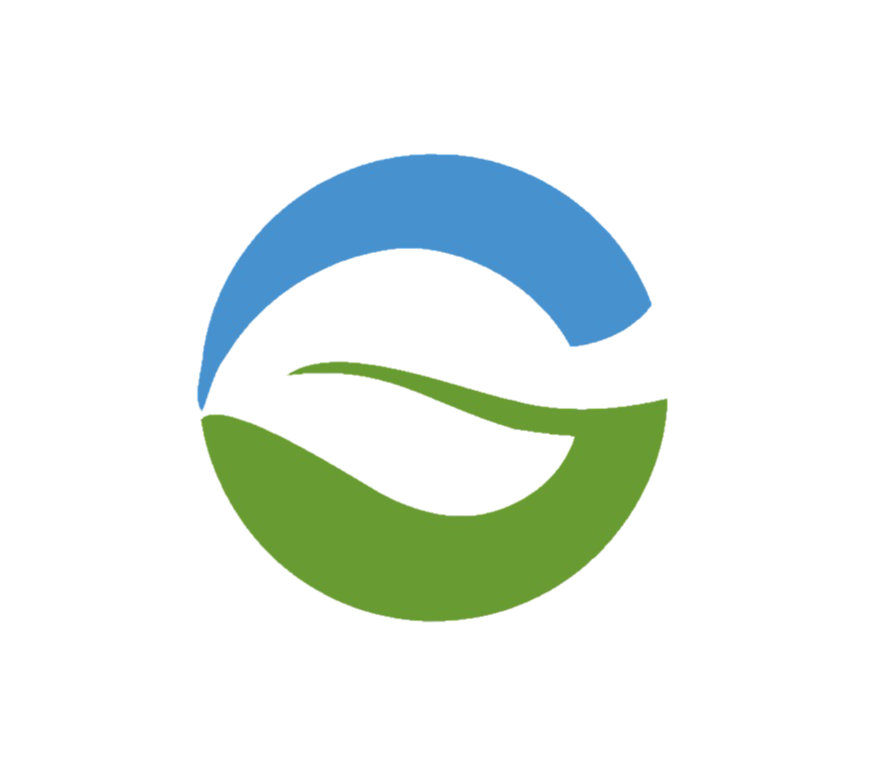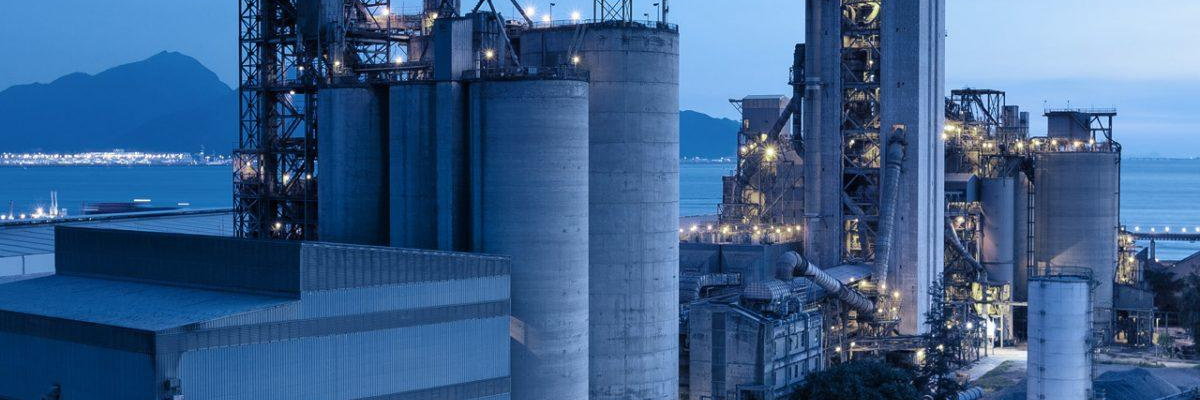Achieving Zero Liquid Discharge (ZLD) in the cement industry involves eliminating the discharge of wastewater from the plant and ensuring complete water recovery through advanced treatment and recycling processes. ZLD is an ambitious goal for the cement sector, particularly due to its water-intensive processes like cooling, dust suppression, and emissions control. Here’s a step-by-step approach on how to achieve ZLD in the cement industry:
1. Water Audit and Optimization
- Objective: Conduct a detailed water audit to map all water consumption points within the cement plant and identify areas where water use can be minimized or reused.
- Steps:
- Track water usage in cooling towers, dust suppression, cement slurry preparation, and utility systems.
- Identify and reduce water wastage by adopting more efficient water management practices like reusing treated wastewater, optimizing cooling systems, and eliminating leaks.
2. Segregation of Wastewater Streams
- Objective: Separate different types of wastewater (cooling water, process water, domestic wastewater) to design targeted treatment strategies for each stream.
- Steps:
- Divert clean cooling water to be reused without mixing it with more contaminated process water.
- Segregate wastewater with high solid content (e.g., from cement grinding or dust collection) from other less polluted streams to simplify treatment.
3. Pre-Treatment of Wastewater
- Objective: Pre-treat wastewater to remove large particles, suspended solids, and oil before advanced treatment steps.
- Techniques:
- Clarification and Sedimentation: Removes suspended solids from cooling water and process wastewater.
- Oil-Water Separation: Separates oil and grease from maintenance wastewater or water used for lubrication systems.
- Coagulation and Flocculation: Adds chemicals to aggregate fine particles and colloidal substances.
4. Filtration Systems
- Objective: Remove fine solids, dust, and contaminants that remain after pre-treatment.
- Technologies:
- Ultrafiltration (UF) or Microfiltration (MF): These membrane technologies can filter out fine particles and suspended solids.
- Sand Filtration: Can be used as a pre-filter to remove larger particles and reduce the load on subsequent membrane systems.
- Granular Activated Carbon (GAC): Helps in removing organic compounds and other contaminants.
5. Reverse Osmosis (RO) for Water Recovery
- Objective: Use RO to concentrate dissolved salts and recover clean water for reuse within the cement plant.
- Process:
- After filtration, the water is passed through RO membranes, which remove dissolved salts, heavy metals, and other contaminants, producing high-quality water that can be reused in cooling systems, cement mixing, or dust control.
- The RO process produces a concentrated brine stream, which needs further treatment or evaporation.
6. Evaporation and Crystallization of Brine
- Objective: Handle the concentrated brine produced by RO through thermal or mechanical evaporation and crystallization.
- Technologies:
- Mechanical Vapor Recompression (MVR): A highly energy-efficient evaporation technology that reuses heat from the water vapor to further evaporate more water from the brine.
- Forced Circulation Evaporators: Used to concentrate the brine until solid salts form.
- Crystallization Units: Further evaporates the brine to form solid salts or other crystallized by-products, which can then be safely disposed of or reused in other industrial processes.
7. Sludge Dewatering and Management
- Objective: Dewater any remaining sludge or slurry to minimize disposal costs and reduce environmental impact.
- Technologies:
- Belt Filter Press: Used to remove water from sludge, making it easier to handle and dispose of.
- Centrifuges: Another option for dewatering sludge from various water treatment steps.
- The dried sludge can be safely disposed of in landfills, or in some cases, incorporated into the cement-making process itself as an alternative material.
8. Reuse and Recycling of Treated Water
- Objective: Maximize the use of treated water within the cement plant to close the water loop.
- Areas for Water Reuse:
- Cooling Systems: Reuse the recovered water in cooling towers or for machine cooling.
- Dust Suppression: Use the treated water for dust suppression on raw material handling and during cement production.
- Process Water: Reuse the water for cement slurry preparation or for washing and cleaning operations.
- Domestic Use: Treated wastewater can be used in non-potable applications like landscaping and toilet flushing.
9. Monitoring and Automation
- Objective: Implement real-time monitoring and automation systems to optimize water treatment and recovery processes.
- Steps:
- Install sensors to monitor water quality parameters like TDS, pH, and flow rates at various stages of the treatment process.
- Use automated controls to regulate the flow of water, dosing of chemicals, and operation of filtration and evaporation systems.
- Perform regular audits to ensure all water treatment processes are working at peak efficiency.
10. Sustainable Waste Management
- Objective: Ensure sustainable disposal or reuse of any solid waste generated from the ZLD process.
- Options:
- Reuse of Salts: If salts are recovered from the crystallization process, they can be sold to other industries or used internally.
- Disposal of Brine Residue: If the residual salts are not reusable, ensure proper disposal in certified facilities that comply with environmental regulations.
Benefits of ZLD in Cement Industry
- Water Conservation: ZLD helps recycle and reuse water, significantly reducing the plant’s freshwater intake and environmental footprint.
- Compliance with Environmental Regulations: ZLD ensures that no wastewater is discharged into the environment, helping meet stringent pollution control norms.
- Sustainability: By reusing water and reducing reliance on freshwater resources, cement plants contribute to sustainability efforts, especially in water-scarce regions.
- Cost Savings: While the initial investment for ZLD systems may be high, over time, it can result in savings on water procurement, disposal costs, and regulatory fines.
Conclusion
Achieving Zero Liquid Discharge in the cement industry requires a combination of advanced treatment technologies such as membrane filtration, evaporation, and crystallization alongside strategies to optimize water use and recycle treated water. By investing in ZLD systems, cement plants can enhance their sustainability, reduce water consumption, and ensure compliance with environmental standards.


Recent Comments